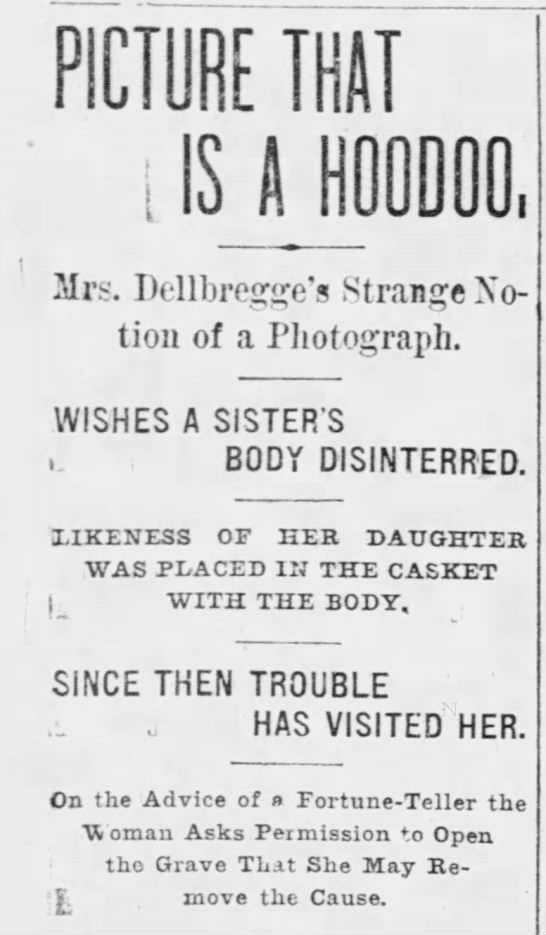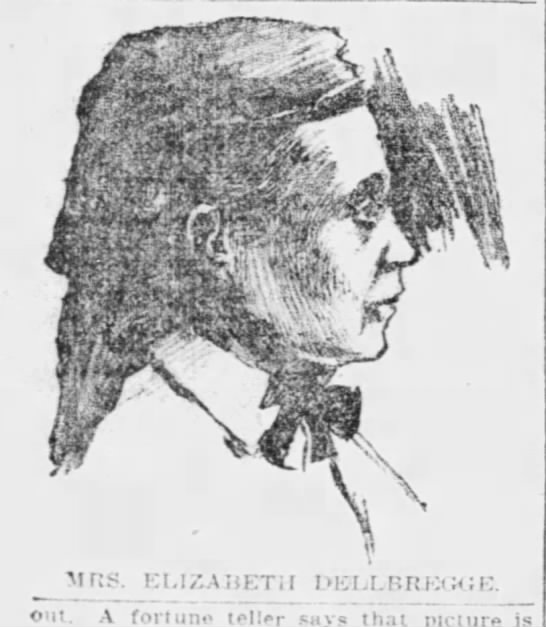 |
| Audrey Cameron |
You have to say this much for murder: it has a way of ripping off masks. Investigations into untimely and suspicious deaths have a remarkable tendency to reveal how the most seemingly normal, respectable people can have hidden sides that are embarrassing at best and appalling at worst. Even when incidental players prove to have nothing directly to do with the crime itself, the revelations about their personal lives that are inadvertently revealed by these inquiries provide many unexpected sideshows.
One outstanding example came about as the result of a sudden death in a quiet Australian neighborhood. While this young woman's demise was weird, the private lives of the main figures involved were even weirder.
On May 25, 1946, 20-year-old Audrey Cameron, a resident of Goulburn, a city in New South Wales, was suffering from a severe toothache. Having no other relief from the pain handy, she took what she believed was headache powder from the purse of Gloria Emerton, a 15-year-old friend who was staying at her home, and swallowed a dose.
A few moments later, Cameron became violently ill. She went into convulsions and died within a half-hour. A post-mortem revealed that the "headache powder" she ingested was full of strychnine. She had taken enough poison to kill several people.
Suicide was easily ruled out. Cameron had no serious personal problems and was in cheerful spirits in the period before she was poisoned. As she lay dying, Audrey cried to her parents, "Don't let me go. I don't want to leave you."
Was the poison accidentally placed in the powder at the chemist’s store? That relatively innocent explanation was quickly dashed when Gloria and her mother stated that they had used some of the same powder with no ill effects. This had to have been a premeditated murder. But who was the intended target: Cameron or Gloria Emerton? And who could possibly have a motive to kill either girl?
 |
| Gloria Emerton |
Two years previously, Audrey had given birth to a son, William, who was being raised by her parents. At first, investigators thought the boy's father might be involved in the murder, but they soon learned that the man was an Army soldier now stationed some distance away. After Audrey became pregnant, he had apparently exited her life completely. She had had no subsequent boyfriends. The police, faced with a total lack of suspects and finding themselves completely at a loss to get to the bottom of the mystery, placed all their hopes on the inquest into Cameron's death, which was scheduled for July 31. (The date of the inquest had been set back in order to allow police and their expert witnesses to complete their investigations.) As one newspaper reported confidently, "The story to be given the coroner will, it is believed, offer a solution to many of the strange features of the case."
Instead, "the story" merely made the case even stranger. The inquest opened on a startling note. One Shirley May Larkham testified that the previous October, Gloria Emerton confided to her that she was in "a certain condition"--she had no idea who among her numerous male friends was the father--and asked if Larkham could "get some stuff for her." When Larkham refused, Emerton vowed that if she could find no way to end her pregnancy, she would kill herself. A chemist named Archibald Pratt revealed that on two occasions the previous year he had sold strychnine to Gloria's mother, Mary Emerton. [Note: During the inquest, it was learned that Gloria's biological mother was Pamela Ford, Mary Emerton's daughter. Mary had raised Gloria from birth. The girl had grown up believing Pamela was her sister. She had only learned the truth about a year before.]
Mary Emerton admitted buying the poison, but stated that it had been used to kill rabbits and foxes, and that none of the strychnine had been left. Gloria denied the truth of Larkham's story. "It's a lie," she declared. "I never said such a thing to anybody, and I have never been in trouble."
On the second day of the inquest, a detective testified that when he had asked Gloria if there was anyone who might have wanted to poison her, she gave the unsettling reply, "Only Ormley [Mary Emerton's son] or Mum." She added, "Ormley has been cruel to me for years, and Mum told me I would get myself into trouble if I told the police about it." Gloria also told how soon after the tragedy, "Mum came out of the bedroom with a tin and said, 'I've got some poison here and I had better plant it, because if the police find it they will think I had something to do with Audrey Cameron's death.'" Mary Emerton dismissed the girl's entire story as "a wicked lie."
The inquest was taking a decidedly "I, Claudius" sort of turn. One Henry McGuiness testified that late the previous year, he had overheard his landlady, Emily Hegarty, say to Ormley, "If you could only get rid of Gloria you would come into your money which you are entitled to and go to Goulburn and work on your mother's property. She does not even pay you. You are a fool." (Hegarty denied having ever said any such thing, and pointed out that McGuiness had an impressively long criminal record.)
When she took the stand, Gloria testified that before leaving home to go to the Cameron house, she took a packet of Presto headache powder from its usual canister and placed it in her purse. She averred that she had used powder from that same packet before, and professed to have no idea how it could have become poisoned. She now denied having told police that Ormley had beaten her and regularly treated her badly. She stated that she "didn't remember" telling them about Mary Emerton disposing of a tin of poison. In short, the Emertons told one version of events, the police and other witnesses another. Despite the grim nature of the proceedings, Gloria often smiled and laughed during her testimony, earning her a rebuke from the coroner.
After all the witnesses had spoken, the coroner gave his summing-up. He stated that he had no doubt that Audrey Cameron had died of strychnine obtained from Gloria Emerton's handbag. It was clear that Cameron had believed it to be an innocent headache powder, and that she had no intention of committing suicide. It was obvious that the poison could not have gotten into the wrapper accidentally; it was deliberately placed there by some person. "It is quite conceivable that the poison was placed in the handbag in such circumstances that the person who did so is not criminally liable. But whether that is so or not, whoever did it has not come forward to tell us anything about it. It is likely that no harm to Audrey Cameron was even intended." He believed that the police "had investigated every conceivable avenue of inquiry," but it remained unknown how the poison had gotten into Gloria's handbag. The coroner closed by expressing his sadness that a young girl should have lost her life in such a dreadful fashion, and he expressed his deep sympathy with the Cameron family.
So that was that. A verdict of "accidental death," but a death that took place under the murkiest of circumstances--circumstances that were fated to be left completely unanswered.
Gloria Emerton seemed remarkably unfazed by the unsolved mystery. After the inquest closed, she cheerily told a reporter, "Despite many things said about me during the inquest, my boy friend still loves me. He met me at a skating rink after he had finished at the Technical College. I was lucky to be alive. I could easily have taken the poison myself."


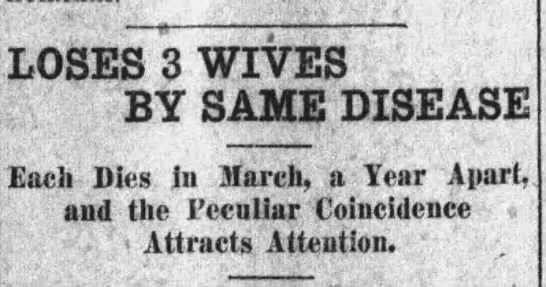







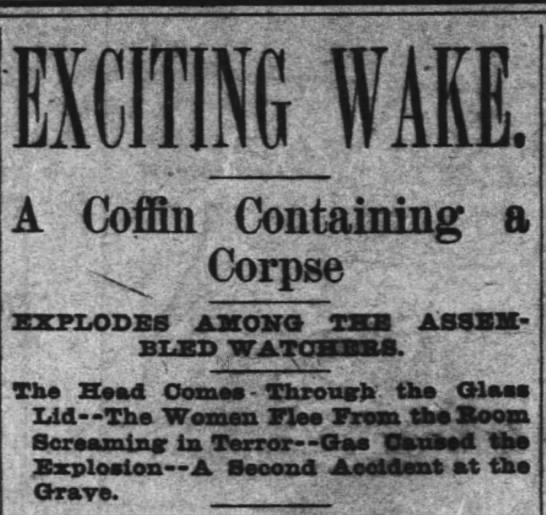
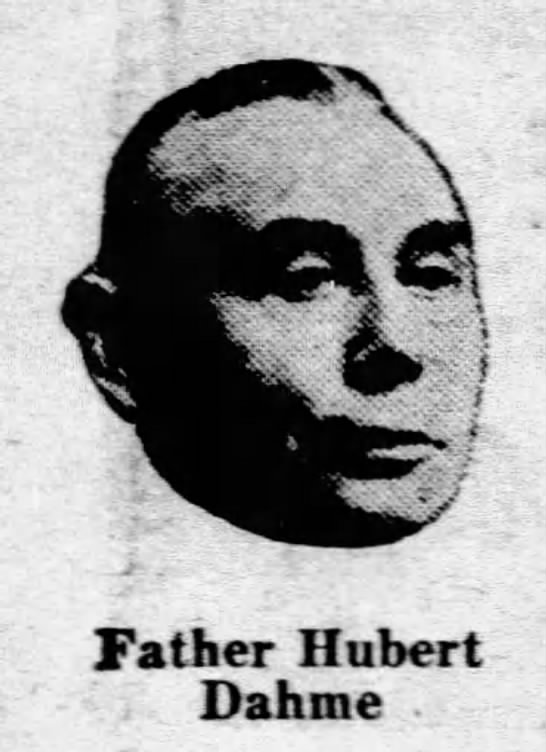
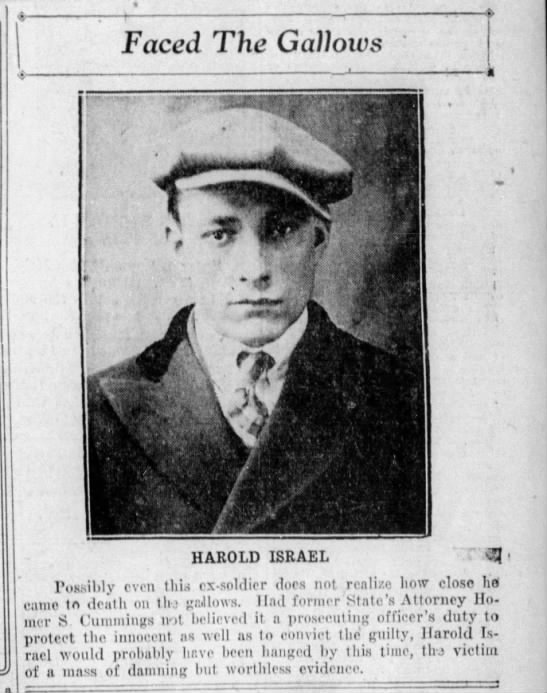



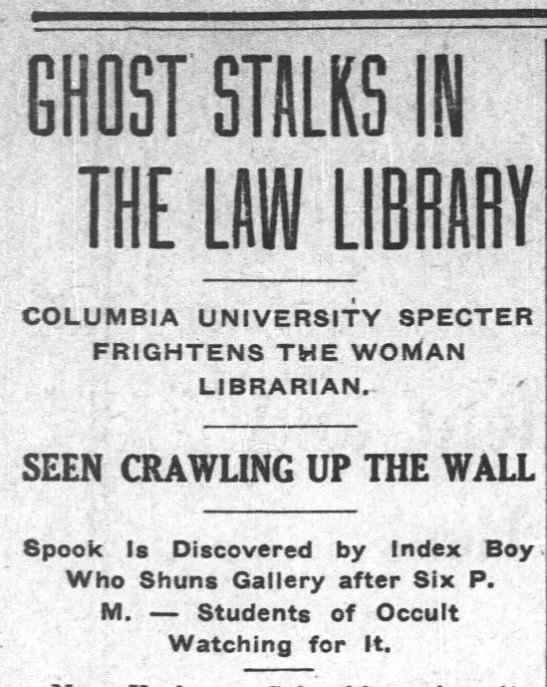
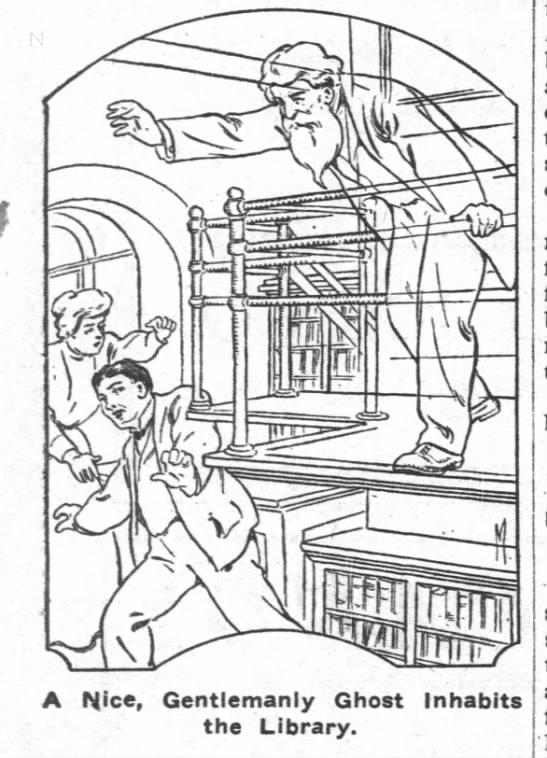
%2C_1st_Baronet_by_William_Dobson.jpeg)



